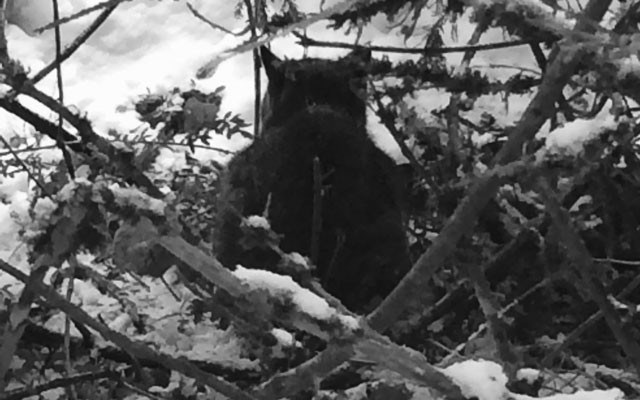The Conservation Officer Service (COS) is asking pet owners to be cautious when heading outdoors with a handful of reported bobcat sightings around Whistler in the past week.
Between Dec. 24 and 29, the COS received five reports of large cats; two in the Upper Village, one in Emerald, one in Alta Vista and another sighting on Monday near a deer carcass that was left on a cross-country ski trail in Lost Lake Park. Four of the sightings were reported as bobcats, while the fifth witness was unsure if the animal was a cougar or bobcat.
"It's pretty common at this time of year for (large cats) to be travelling by looking for food," explained Sgt. Simon Gravel with the COS. "There are a lot of rabbits around Whistler."
The cold alpine temperatures and heavy recent snowfall likely played a role in pushing cats into the valley, Gravel said, although the sheer number of people in Whistler for the busy holiday season could also account for the rise in sightings.
The area's bobcat population has also seen steady growth in recent years after a string of hot and dry summers.
"That was a factor that increased the population through better survival of prey, like small rabbits and grouse," Gravel noted. "The increase of prey also helped survival rates and increased the bobcat population."
While attacks on pets by large cats are rare, they do happen, like in Pemberton this summer when a farm owner sustained minor injuries trying to fend off a cougar that went after her 10-week-old puppy.
"As usual in Whistler, we are surrounded by animals, so keeping close control of your pets is definitely recommended to avoid encounters with cougars, bobcats and coyotes," advised Gravel, who also urged the public to secure wildlife attractants — birdfeed in particular — to avoid potential conflict.




